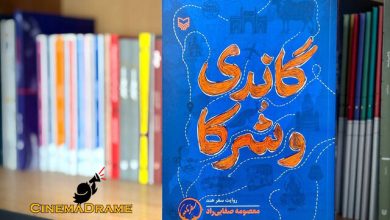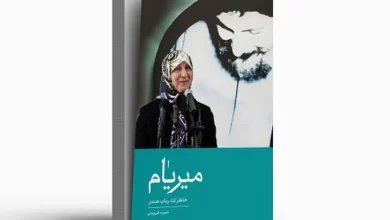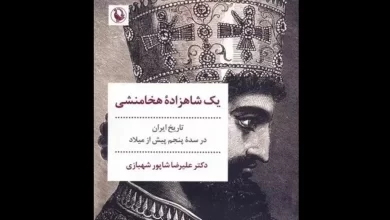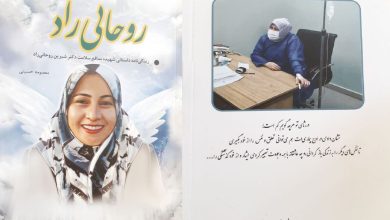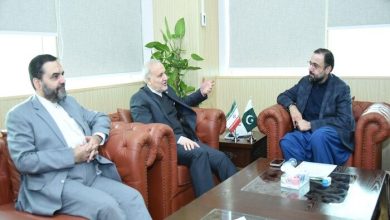Interpretation of Surah An-Nisa by the Head of the London Academy of Iranian Studies
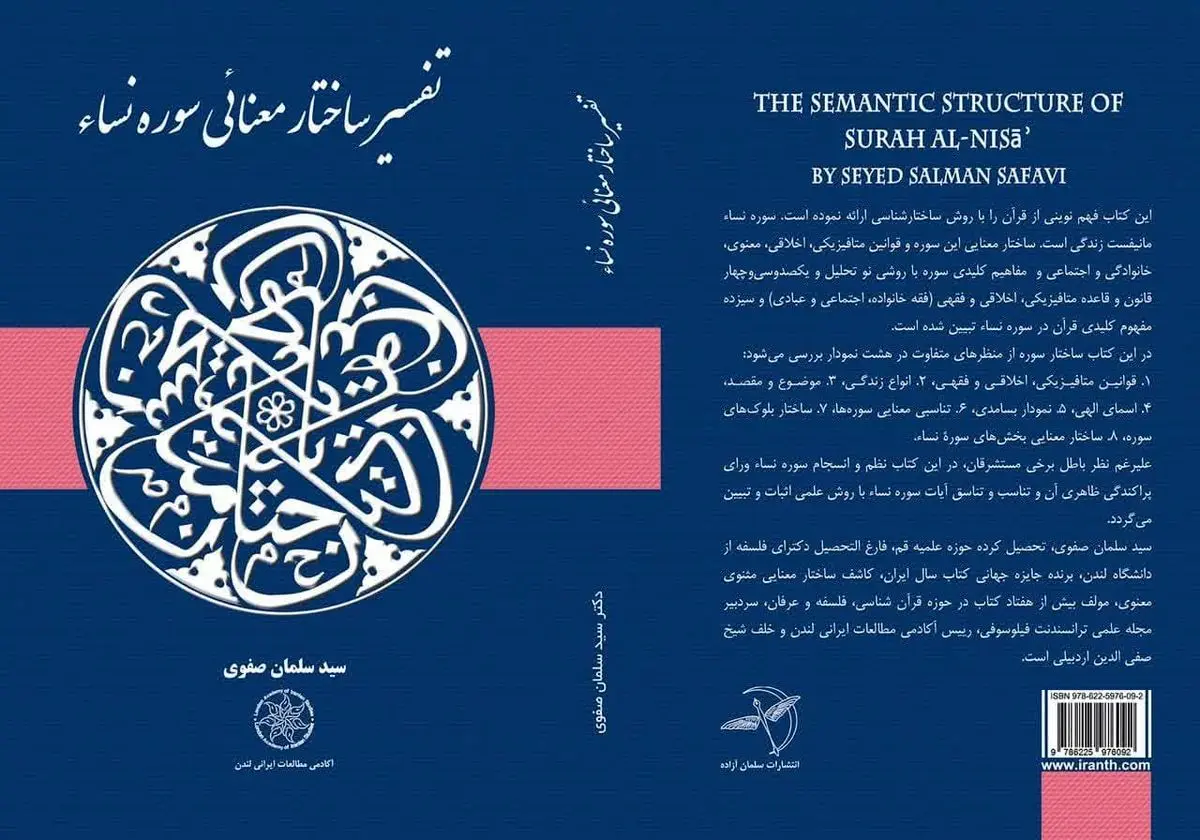
According to the Cinemadrame News Agency, the book Interpretation of the Semantic Structure of Surah An-Nisa presents a new understanding of the Quran using a structural analysis method. The author believes that Surah An-Nisa is a manifesto for life. The semantic structure of the Surah and its metaphysical, ethical, spiritual, familial, and social laws, along with its key concepts, have been analyzed with a novel approach. One hundred and thirty-four metaphysical, ethical, and jurisprudential laws and rules (family, social, and devotional jurisprudence) and thirteen key Quranic concepts are explained in Surah An-Nisa.
In this book, the structure of the Surah is analyzed from different perspectives in eight diagrams: 1. Metaphysical, ethical, and jurisprudential laws; 2. Types of life; 3. Subject and purpose; 4. Divine Names; 5. Frequency diagram; 6. Semantic correlation of Surahs; 7. Structure of the Surah’s blocks; 8. Semantic structure of the sections of Surah An-Nisa.
Despite the invalid views of some Orientalists, the order and coherence of Surah An-Nisa, beyond its apparent dispersion, and the correlation and harmony of its verses have been scientifically proven and explained in this book. All verses of the Surah are aimed at explaining a healthy life, establishing a monotheistic society, and connecting with the Beloved.
The discourse on piety (taqwa) and chastity (iffat) in Surah An-Nisa encompasses extensive dimensions in terms of behavior, speech, financial matters, self-restraint, and observance of sexual chastity. Piety is the foundation of individual and social well-being and happiness, and the driving force for the implementation of divine laws. Surah An-Nisa calls for piety, social cooperation, and individual and social compassion.
Beliefs, ethics, and rulings together form a cohesive intellectual and practical system that leads to salvation (falah) in this world and the hereafter. Disconnection between them disrupts the system’s effectiveness. The hypertrophy of rulings and the weakening of ethics and beliefs are not fruitful in practice, while beliefs and ethics precede rulings. Love is the key to meaning, transcendence, healing, splendor, beauty, hope, and the dynamism of life.
This book is part of a project to re-examine Quranic teachings and mystical literature, from which the following books have been published so far: “Structural Interpretation of Surah Al-Fatiha,” “Structural Interpretation of Surah Al-Baqarah,” “Structural Interpretation of Surah Al-Imran,” “Divine Monotheism in the Quran,” “The Movement of Prophets,” “Life After Death,” “Moses, the Speaker of God in the Quran,” “Dhikr in the Quran, Narrations, and Mystical Literature,” “Contemporary Encyclopedia of the Holy Quran,” “Mysticism of Thaqalayn,” “Semantic Structure of Masnavi Ma’navi,” and “The School of Social Mysticism of Sheikh Safi al-Din Ardabili.”
The book “Interpretation of the Semantic Structure of Surah An-Nisa” is published in four chapters and 365 pages. It is noteworthy that Seyyed Salman Safavi, educated at the Qom Seminary, holds a Ph.D. in Philosophy from SOAS University of London, is a winner of the Iran World Book Award, discovered the semantic structure of Masnavi Ma’navi, is the author of over seventy books in the fields of Quranic studies, philosophy, and mysticism, and is the editor-in-chief of the scientific journal Transcendent Philosophy and the Head of the London Academy of Iranian Studies.
